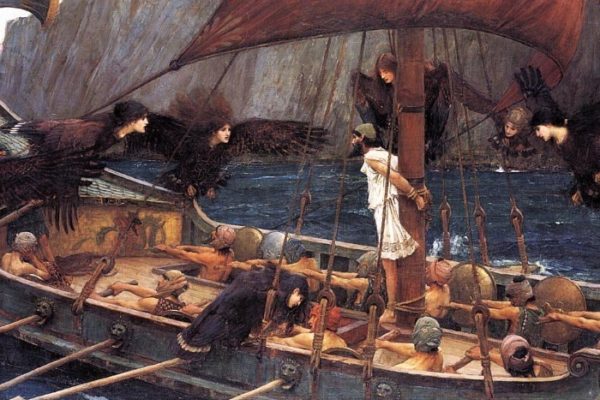
Rereading Peter Schwartz’s classic The Art of the Long View recently, I came across a characterization of myth from James Robertson’s American Myth, American Reality:
Myths are ‘the way things are’ as people in a particular society believe them to be, and they are the models people refer to when they try to understand their world and its behavior. Myths are the patterns — of behavior, of belief, and of perception — which people have in common. Myths are not deliberately, or necessarily consciously, fictitious.
This framing of myth is relevant to strategy in two big ways.
First, it is important to reflect on the question of “what we can’t contemplate not believing” in any given business. In pharmaceuticals, for instance, such a belief might be: there’s a rough, probabilistic causal connection between spending on R & D and discovery/development of blockbuster products. In asset management, a corresponding belief might be: what drove past investing performance is likely to drive broadly parallel future performance. Each of these two perhaps boil down to we weren’t just lucky.
Seeing “what we can’t contemplate not believing” can lead to different places. One might examine the evidence beneath the foundational belief and ask what it might mean to reevaluate this, in whole or in part. One might push toward finding more precisely where the foundational belief is best justified, and focus efforts more intensely there. One might generate variations on the foundational belief, and consider their implications. For instance, one natural revision to consider is whether the correspondence between pharma R & D investment and profitable discovery may have clustered at a few junctures in industry history when certain waves have occurred – a punctuated equilibrium view of drug discovery. If something like this punctuated equilibrium view turns out to be true, and if there’s any level of predictability to the punctuations, perhaps one should look at the funding and organization of R & D very differently.
Where the reflection on “what we can’t contemplate not believing” is a way of turning down the dial of myth, perhaps an equally powerful move is to turn up the dial. A pivotal question here is: “what would make our belief set a truly compelling world view, something one could truly live by?” Great companies have world views. Apple, Google, Intel and IBM all have world views. HP doesn’t. Earlier in their evolution Nokia had a worldview, then they just had a big market, then they didn’t even have that.
What makes a worldview? Robertson’s definition of myth points the way. A worldview provides a model to “understand the world and [its] behavior.” A worldview connects perception, belief and behavior. It shows us what to look at and look for, tells us why those things matter and how they work and pulls us toward the rituals of what we should do repeatedly.
Worldviews radicalize companies. They create a logic of what “of course we’d do” that pulls away from standard practice and “best” practice. They make possible nearly all the greatness in the world, and sow the seeds of many of the most tragic failures.



